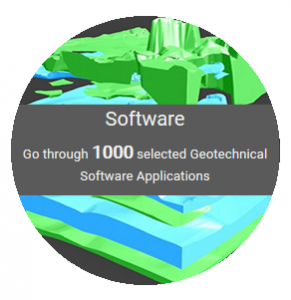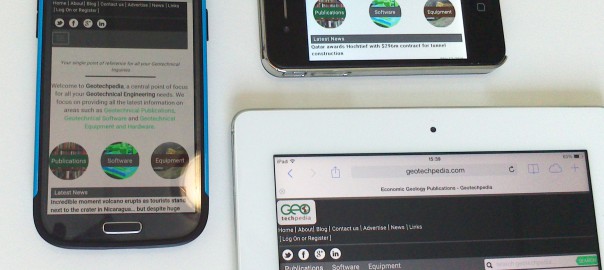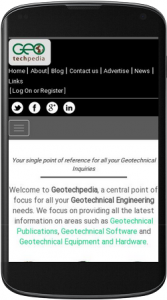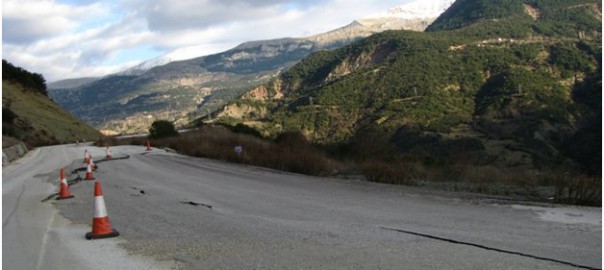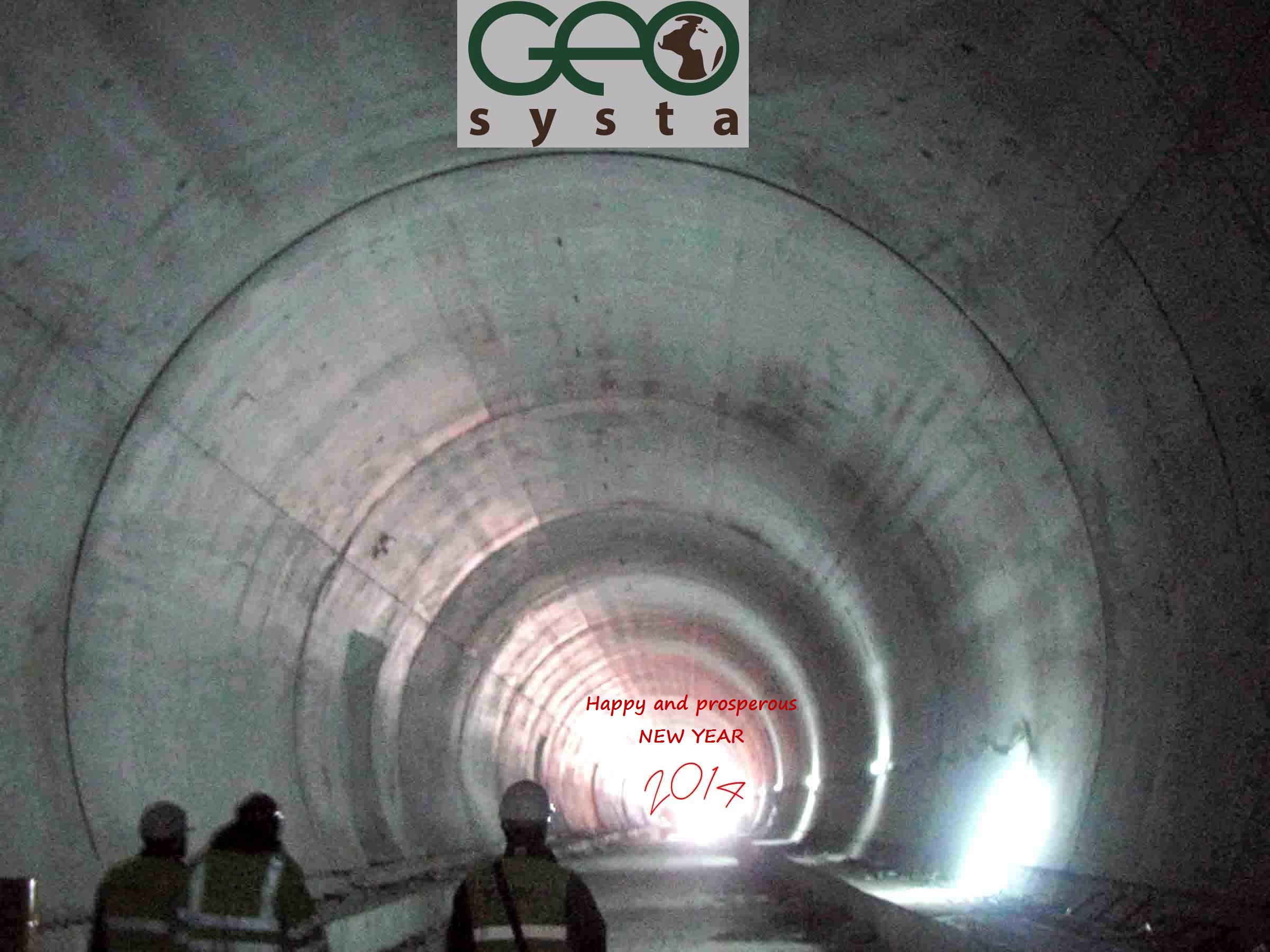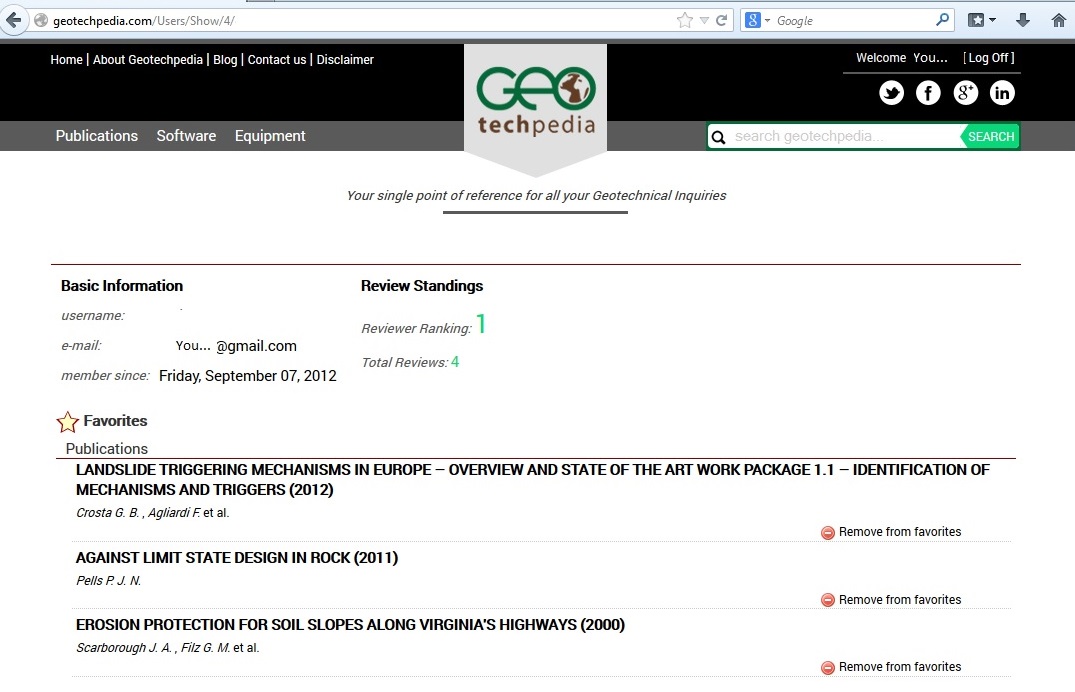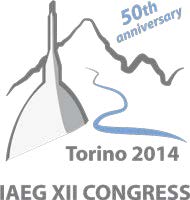The March / April Geo-Strata was almost entirely dedicated to the GAM (Geotechnical Asset Management) for transportation systems. It was very interesting to see how this concept is evolving in the broader field of Geotechnical Engineering and transportation infrastructures.
This Geo-Strata feature is worth reading if you are interested in the future of Asset management in relation to infrastructure projects and geotechnical involvement.
I would like to focus a bit on the issue of geotechnical monitoring. As Thompson et al (GeoStrata, 2014) very elegantly observe, we have all sorts of sensors and warning lights in our cars, which enable both us and the car dealer technicians to identify a future problem as early as possible. If treated early, this problem can be resolved at a minimum cost. If left untreated, however, it could cost us our very life or even other people’s lives should a terrible car accident occur.
Car engine sensors, or airplane sensors or even elevator sensors are mandatory and nobody really argues over whether they should be installed or not. Nobody goes to a car dealership and tries to reduce the vehicle price by arguing that he does not really need the engine sensors because he can visually check his engine once in a while…
Can you imagine an airplane company, saying that in order to reduce operating costs it will remove the black boxes?
So why is it so easy to eliminate geotechnical monitoring instruments from geotechnical projects or so difficult to persuade the owners of the importance of the use of such instruments and information? I am sure that there is not even a single geotechnical engineer who does not have examples of struggling to enforce the use of some type of
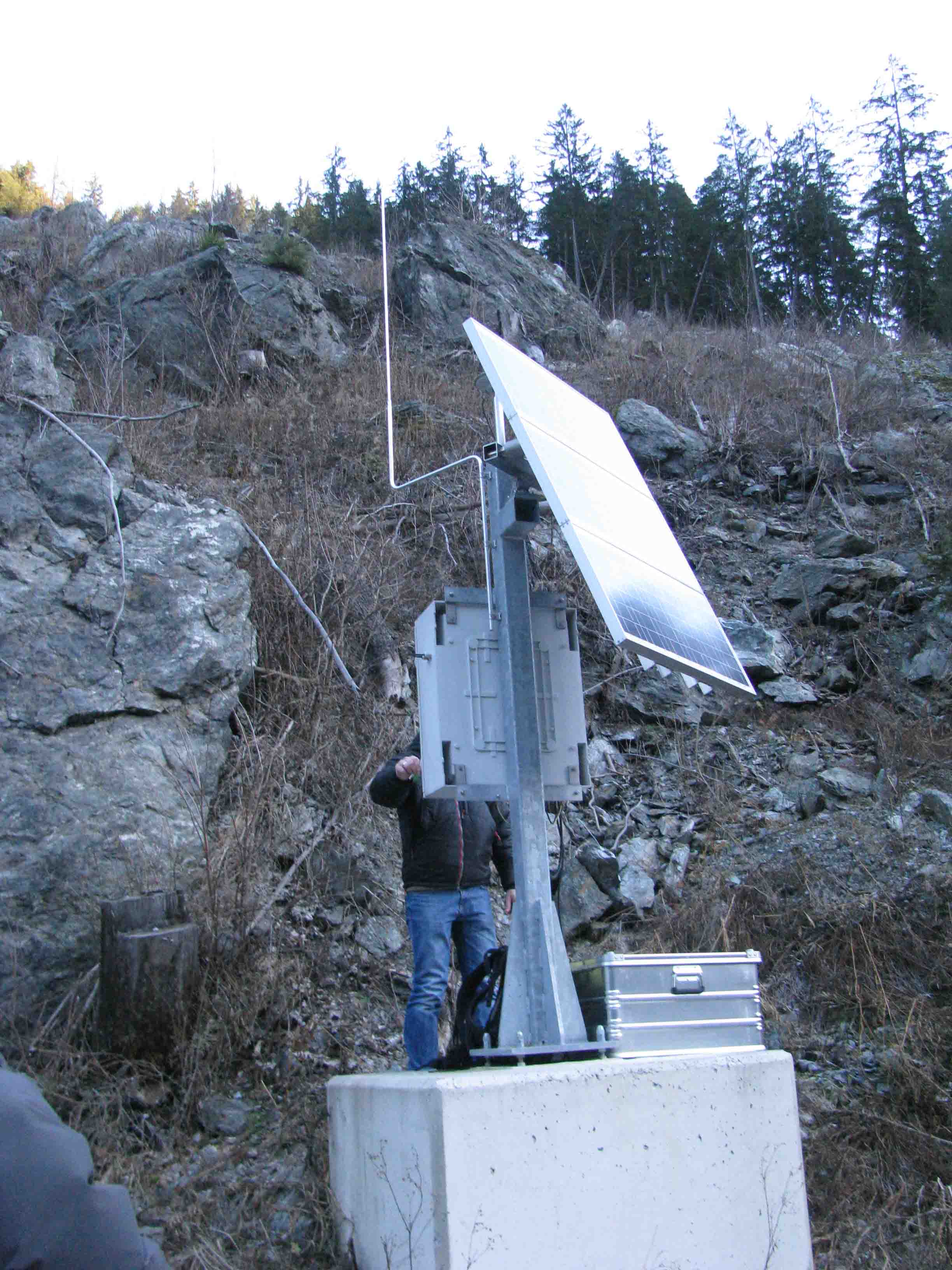
instrument and the client arguing over its cost of installation, cost of operation or even the usefulness of such geotechnical monitoring and instruments for the project. Even worse this argument is sometimes thrown back at the designers through a challenge such as “why should we monitor the wall? Haven’t you designed it to be safe?”
Airlines and government boards do not consider installing black boxes only in planes that are old and with mechanical problems that may have a high risk of falling out of the sky. Imagine if such practices were taking place, would our planes be as safe as they are? Would they have evolved in the way they have?
Why is it so hard to do the same in geotechnical projects? Why is geotechnical monitoring and instrument installation, warranted in critical situations, on critical structures but not on ordinary slopes or embankments etc? How is the profession going to excel in future projects when real behavior of geo-structures is so difficult to find and evaluate?
As a profession, we should try to persuade owners, government officials, policy makers etc of the significance of reliable geotechnical monitoring systems included in the majority of geotechnical works. By doing this future works and infrastructure will become safer and costs will fall far more than we may realize. Don’t put a price tag in current projects without considering future projects…

